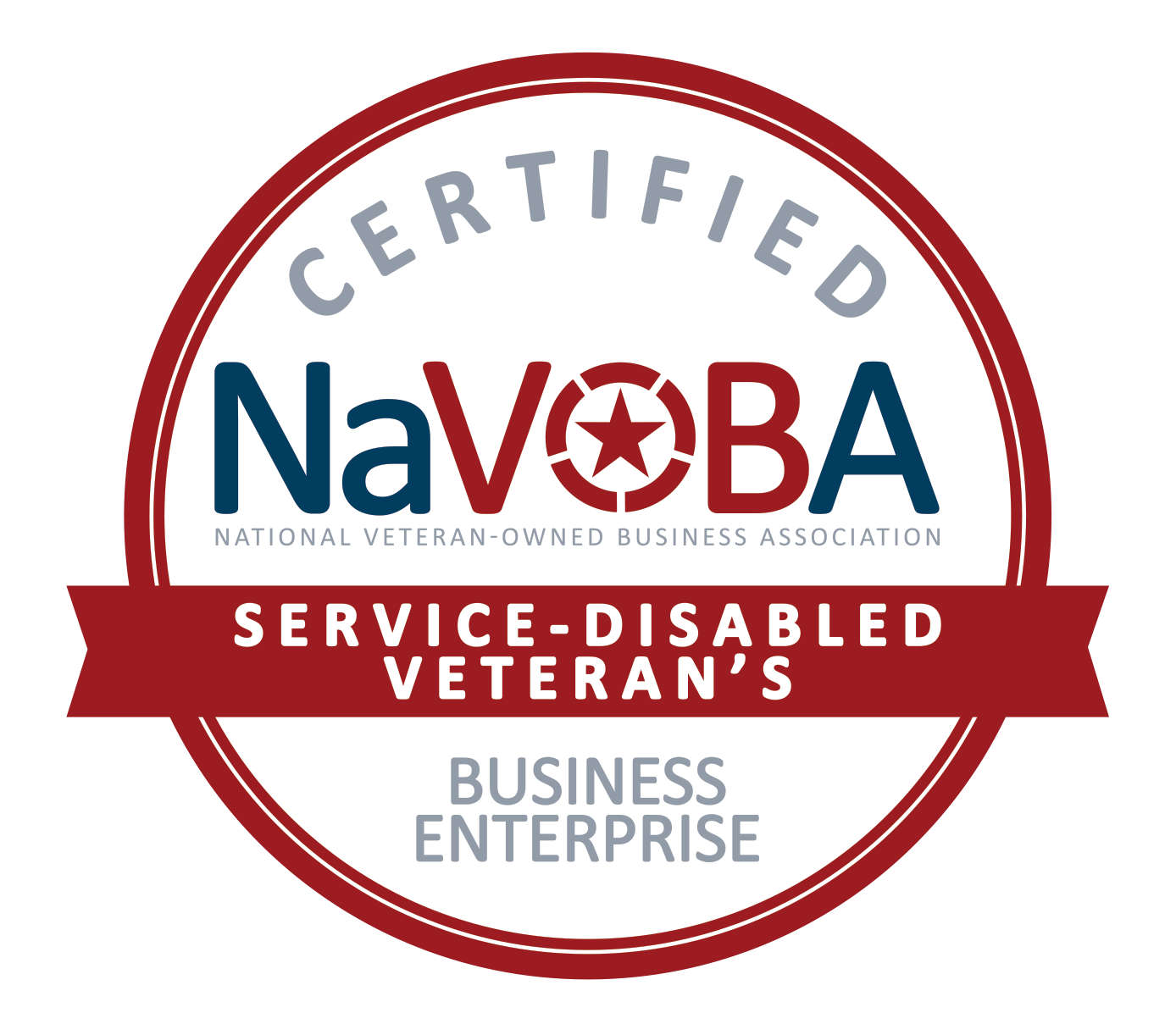October 18, 2019
What makes a great interview?? Is it the process, a well-planned itinerary, your location, the people who participate, your physicians, how the opportunity is presented, the money, the hospital?? As most will probably guess it is all of these things and more. I am a true believer that success is in the details. It’s okay to have an outline or “rough draft” to how your itineraries will look for every interview, but in order to give yourself the best chance at success, each interview should be customized to each candidate and should always contain a few key elements to better your chance for a successful outcome. Let’s talk about the spouse for a moment. For various reasons throughout the years, I have heard some clients say they would prefer bringing the candidate in alone, without the spouse. When I hear this I always ask “why?”. If you have a great on-site interview planned for your physician/candidate, why would you want to have to do it twice because you didn’t bring the spouse out on the first visit. It is twice the work and twice the cost. In almost every case, the spouse is just as an important part of the process as the physician or candidate. I have seen very few cases where a candidate doesn’t want & value their spouse’s input and opinion regarding the new community in which they will be relocating to. This is even more important in the physician recruiting industry because in most cases the physician is relocating to another state or even another part of the country. The spouse will most likely be the determining factor when it comes to community, schools, homes and other aspects outside of the practice. Ensuring the spouse is on board is critical to the success of your search as well as ensuring they are going to be a long-term fit for your community. In the situation where you have a male physician & female spouse, there is a prevailing thought that has kept most of the happy couples, well……..happy; and that is “if mom’s not happy, no one is happy”. So to give yourself the best opportunity for success, make sure the spouse can attend the on-site visit and spend an equal amount of energy on the spouse as you do your candidate. Now before you can plan the amazing on-site interview, the first step of any itinerary is to identify not only what is most important to your candidate but what is most important to their spouse. Whether you’re a third party recruiter, an in-house recruiter, or even the CEO of a hospital/group; you have to know what is most valuable to your candidate! However, just because you are able to address what’s most important to them, doesn’t mean you should overlook all the other details of a successful itinerary. You have pay attention to all the little things as well. Every itinerary is different and has to be customized to the hospital/practice’s availability as well as the candidates. So let’s look at some of the finer details of a successful interview. Travel Make sure the travel arrangements make it as smooth as possible to get to your location. Book the airfare, car rental and hotel on a corporate card if possible. This makes it easier on the candidate and alleviates their concerns regarding being reimbursed on the back end. If possible, try to book direct flights. This isn’t always an option but it does alleviate some travel stress and if they are checking a bag, it reduces the chances of lost luggage. Plan the route in which they drive into your community. You only get one chance to make a first impression. Choose a hotel with a staff who are a positive representation of you and your community. If there are enough flight options, try to get them to their hotel at least a couple hours before the “welcome dinner”. This will allow the candidate and spouse some time to relax, unwind, and freshen up before dinner. Be sure to have a “welcome basket” with a personal note waiting for them in their hotel room. This is the kind of personal touch that will set your interviews apart from other opportunities. Be sure to include things like bottled water, chocolates, snacks, and if possible local flavor items that are made from around the area. Welcome Dinner: There is undoubtedly a difference between major metro recruiting and small/mid-size market recruiting but the personal touch/involvement of the executive leadership who attend a welcome dinner with the candidate and their spouse on the night of their arrival is a touch that is effective regardless of your market size. This is their first impression of you and your staff. You will almost always give a better first impression when the first meeting is in the form of a welcome dinner as opposed to a formal interview in an office or conference room. Before you select a restaurant, be sure and find out if the candidate or the spouse have a food preference and also make sure there aren’t any food allergies. If one of them are a vegetarian, make sure there is a vegetarian option on the menu. Try to keep the dinner lighter & less formal than the actual interview. This will give your candidate an opportunity to get to know the people they will be working for and with. Welcome dinners allow you to set the tone to how your interview will go. Is it friendly & inviting or is it more straight laced and formal? If the candidate is a physician, try to have other physicians they will be working with attend as well. Having the right people participate in the interview process is important. This is where you are able to let the candidate know they will be a valuable member of the team and the community. Escort/Liaison: Having someone who either picks your candidate up from their hotel lobby or meets them at the front door and personally escorts them from one meeting/event to another is another personal touch that is also undervalued. Whether it’s an in-house recruiter, a physician liaison, or the CEO; this is the person who will develop a personal relationship with the candidate while they are there and will most likely be the person they remember the most. This person needs to present well (appearance, communication, and knowledge). Your candidate doesn’t know the layout of your facility or community. The last thing you want is them getting lost or wandering aimlessly trying to find the next meeting/event. The escort can answer questions throughout the day, can pick up on potential concerns the candidate may have or even pick up on additional “hot-buttons” that develop throughout the day. Escorts can keep the schedule on track throughout the process and make necessary alterations to the schedule in the event of changes or overages. Realtor/Broker: Selecting the right realtor to conduct your community & real estate tour is crucial. They need to be onboard with your process and ready to present & deliver the image and message about your community that you want delivered. You can help your realtor by finding out what is most important to the candidate and the spouse about their new community. For example, finding out the type of home & neighborhood your candidate is most interested in, what church they attend, what activities they are involved in, what their children are involved in and if they have any specific cultural interests. This will allow your realtor to tailor the tour. Too often realtors will use this as an opportunity to “sell a home” but this is not the time you want to them selling a home. Unless the candidate has specifically asked to see certain homes, this is where you show them neighborhoods, different options, price points, and styles; not necessarily specifics homes. You want them selling your community (local ®gional). They need to be somewhat experts in the schools, the churches, the different organizations & activities available as well as industries in the region. Wrap-Up: The wrap up meeting is the time where the CEO/Executive Leadership can put the exclamation point on the interview process! You will provide the candidate with feedback as well as gain the candidates valuable feedback from their interview. This is also your last opportunity, in person, to address any remaining questions or concerns your candidate may have. At the end of your wrap-up meeting your goal should be to move the process towards the “close”. You will want to set the realistic expectations for what comes next, always keeping in mind that time kills deals and your candidates interest & excitement will never be higher than within the 72-hours of leaving your interview. If you have the ability to have an LOI (Letter of Intent) or even a contract ready for this meeting, this is the ideal time to present it to your candidate. If you do not have either in-hand, you will want to give them a realistic time-frame for when you will be sending it (be sure you can meet this expectation). Remember, if you are using an LOI, this is a tool that bridges the gap between the interview and the contract, so if you are able to get the LOI signed, you still want to be timely in getting your candidate the contract. Always keep in mind, whether it’s one day, one week, or one month; communication throughout the entire closing process is crucial to bringing your search to a successful outcome.





